Centrifugation principle types and application pdf
Differential centrifugation is a common procedure in microbiology and cytology used to separate certain organelles from whole cells for further analysis of specific parts of cells. In the process, a tissue sample is first lysed to break the cell membranes and mix up the cell contents.
Another application of centrifuge in the medical field is the determination of the percentage of blood values (eg. WBC, RBC) or the hematocrit value of blood. The centrifugation of blood will lead to the separation of its various components necessary in blood testing. Hence, the application of centrifuge in the medical field is highly important with regards to blood collection and testing.
Centrifugation utilizes the application of centripetal force to drive the separation of a heterogeneous solution into supernatant and pellet. The modern centrifuge amplifies the force of gravity by spinning solutions at a high rate of speed to increase the rate of sedimentation.
Centrifuges In centrifuges, a centrifugal force, generated by high speed rotations, is used to separate solids from liquids. Centrifugation can be used to recover solids from slurries, to clarify liquids, or …
14/07/2017 · Centrifugation is a modern technology of seperating lighest particles through a centrifugal force. A machine called centrifuge is used for this process.
Principle of dna extraction extraction of dna basically consists of four major steps. 1. preparation of a cell extract: to extract dna from tissue/cells of interest: 1. preparation of a cell extract: to extract dna from tissue/cells of interest:
centrifugation, classes of centrifuges, types of centrifuge separations, different types of density gradient media , classification of industrial centrifuges, types of industrial centrifuges and applications of centrifugation in the pharmaceutical industry.
The centrifugation: principle, application, types of centrifuges The product to be treated (3) is introduced axially into the unit by appropriate distributor (4).
Principle In liquid media, different particles have different density and shape. So Centrifuge increases the effect of gravity . Many particles or cells in a liquid
Applications by Rotor Type 8 A. Swinging Bucket Rotors 8 B. Fixed Angle Rotors 8 C. Vertical and Near Vertical Tube Rotors 8 IV. Thermo Scientific Fiberlite Rotors 9 A. Rotors for Superspeed and Tabletop Centrifuges 9 B. Rotors for Superspeed and Ultracentrifuges 9 V. Separation Theory and Methods in Bioresearch Disciplines 9 A. Pelleting and Differential Centrifugation 9 B. Density …
J.Paul Robinson – Purdue University Cytometry Laboratories Slide 2 t:/PowerPoint/confoc/524lect1.ppt Evaluation • End of term quiz – 100% grade
Differential centrifugation works by a stepwise increase in the centrifugation speed. Lower speeds at the beginning are used to eliminate the heavier food particles from the sample, and the speed is then increased until the targets themselves are pelleted.
12/10/2018 · Centrifugation- Principle, Types and Applications Centrifugation is a technique of separating substances which involves the application of centrifugal force. The particles are separated from a solution according to their size, shape, density, viscosity of the medium and rotor speed.
A centrifuge is a device used in science to separate suspensions by density. The more dense particles separate out and migrate to the bottom of the test tube, while the lighter particles move
12/10/2018 · Principle Types of centrifugation techniques Density gradient centrifugation Differential centrifugation Ultra centrifugation Application in Water …
Centrifugation is a process which involves the use of the centrifugal force for the sedimentation of heterogeneous mixtures with a centrifuge, used in industry and in laboratory settings.
Sigma-Aldrich BioFiles Vol. 6 No. 5 — Centrifugation
https://youtube.com/watch?v=zXtLtt7Ursw

Differential centrifugation Wikipedia
ELISA- Principle, Types and Applications. ELISA is an antigen antibody reaction. In 1971, ELISA was introduced by Peter Perlmann and Eva Engvall at Stockholm University in Sweden. It is a common laboratory technique which is usually used to measure the concentration of antibodies or antigens in blood. ELISA is a plate based assay technique which is used for detecting and quantifying …
Centrifugation is a method in which solid or liquid particles of different densities are separated by rotating them in tube in a horizontal circle. Chromatography is a technique of separating the constituents of a mixture of liquids.
Contents: Basic principle Types Application Operation 3. Definition: Biological centrifugation is a process that uses centrifugal forces to separate and purify mixture of biological particle in a liquid medium. It is key technique for isolating and analysing the cells, subcellular fractions, supramolecule complexes and isolated macromolecules such as proteins and nucleic acids.
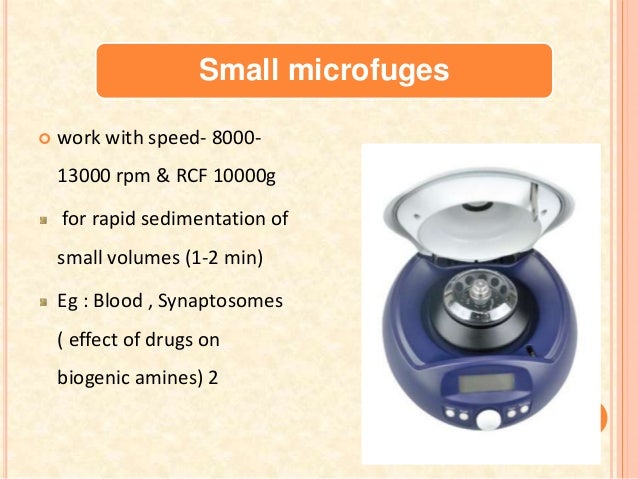
25/02/2017 · In the centrifuge machine, a test tube filled with a blood sample is rotated at a constant high speed. This process is called centrifugation. Centrifugation is based on centripetal acceleration.
the basic concepts of centrifugation. Three basic types of centrifugal separations are highlighted; differential centrifugation, rate-zonal centrifugation, and isopycnic centrifugation. A concise description of each is given along with the separation principles involved. Cell viability kits, technical support information, and centrifugation equipment are also included. We hope you find the
In a decanter centrifuge, the denser solids move radially through the liquid and accumulate on the walls of the rotating bowl. If two immiscible liquids are present, the …
17/12/2015 · The principle of SDS PAGE-a full and clear explanation of the technique and how does it work – Duration: 13:10. Biomedical and Biological Sciences 90,215 views
Centrifugation Theory What is centrifugation ? Centrifugation is a technique used for the separation of particles from a solution according to their size, shape, density, viscosity of …
Centrifugation and its types: Centrifugation and its types Centrifugation is a process that involves the use of the centrifugal force for the sedimentation of mixtures with a centrifuge , used in industry and in laboratory settings.
functional principle of the purifier In a purifier (three-phase disk stack centrifuge), the product to be separated enters the inside of the bowl through a stationary feed pipe and is gently accelerated by the distributor to the bowl speed.
principles and applications of centrifugation ppt Slideshare uses cookies to improve functionality and performance, and to provide you with relevant advertising. If you continue browsing the site, you agree to the use of cookies on this website.
The types of centrifuges are all based on the same technique, but differ in their applications. The main differences between them are the speed of rotation and the rotor design. The The main differences between them are the speed of rotation and the rotor design.
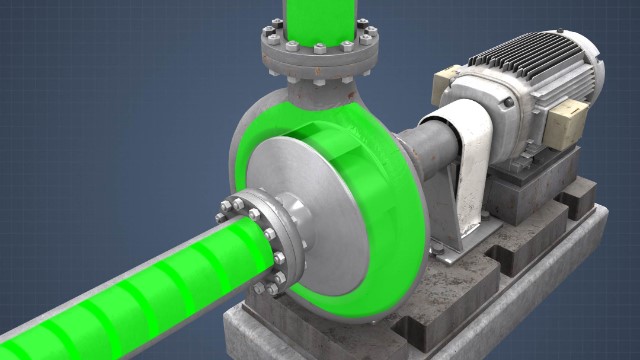
Zone centrifugation and isopycnicc£nltifugation are also purification / methods at a more or less large scajefFor this application, the design (Ander-L– s”on and …
PDF This is a power point presentation on the theories of centrifugation and the principles and applications of different types of differential centrifugation techniques, the gradient material
The centrifuge works on the sedimentation principle: substances are separated according to their density under the influence of g-force. Depending on the sample type, there are several centrifugation methods available. Examples include isopycnic, ultrafiltration, …
Sedimentation principles, applied centrifugal field, rotor velocity, radial distance, swinging-bucket rotors, fixed angle rotors, preparative and analytical centrifugation, differential centrifugation, density gradient
BioFiles Volume 6, Number 5 — Centrifugation. Download BioFiles v6 n5 (4.66 Mb PDF) There are two types of centrifugal techniques for separating particles, differential centrifugation and density gradient centrifugation.
Chapter 3 Centrifugation Biochemistry and Molecular Biology (BMB) 3.1 Introduction 3.2 Basic Principle of sedimentation 3.3 Types, care and safety of centrifuges 3.4 Preparative centrifugation 3.5 Analytical centrifugation Analytical Biochemistry (AB)
Centrifugation Theory and Practice Routine centrifuge rotors Density gradient theory. Centrifuge rotors axis of rotation At rest Swinging-bucket Spinning g Fixed-angle g. Density Barrier Discontinuous Continuous Density gradient centrifugation. How does a gradient separate different particles? Least dense Most dense. 1 3 Formats for separation of different density portions in a testtube. 2 3
5 Centrifuge Seminar Topic #1: Design Considerations Operating Principals The Solid-Liquid Separation Theory Centrifugal Separation Same principle as the gravity decantation and with a rotation on an axis
Two basic types of centrifuge rotors are regularly employed for conventional preparative centrifugation; these are the swinging-bucket rotor and the fixed-angle rotor (Fig. 12-3). The swinging-bucket rotor consists of a series of metal buckets attached to the central harness of the rotor.
Chapter 3 Centrifugation Biochemistry and Molecular Biology (BMB) 3.1 Introduction 3.2 Basic Principle of sedimentation 3.3 Types, care and safety of centrifuges 3.4 Preparative centrifugation 3.5 Analytical centrifugation Analytical Biochemistry (AB) 3.4.3 Ultracentrifugation Koolman, Color Atlas of Biochemistry, 2nd edition. 2 General Steps in Biochemical Separation. 3 Separation of
Operating Principles Vertical Centrifuges – Rousselet
Principles of Chromatography Process by which one separate compounds from one another by passing a mixture through a column that retains some
centrifugation centrifuge its application and basic
How is the principle of centrifugation helpful in blood
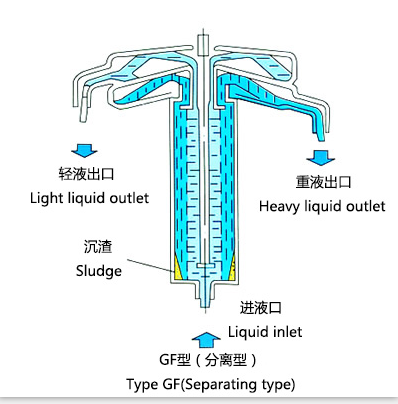
Centrifuge Machine Centrifugation Process Centrifuge
https://youtube.com/watch?v=2HI_dsnKRtg
Centrifuge Definition Types and Uses ThoughtCo

Which process is known as ‘Centrifugation’? tenquestion.com
Centrifugation Separations Sigma-Aldrich
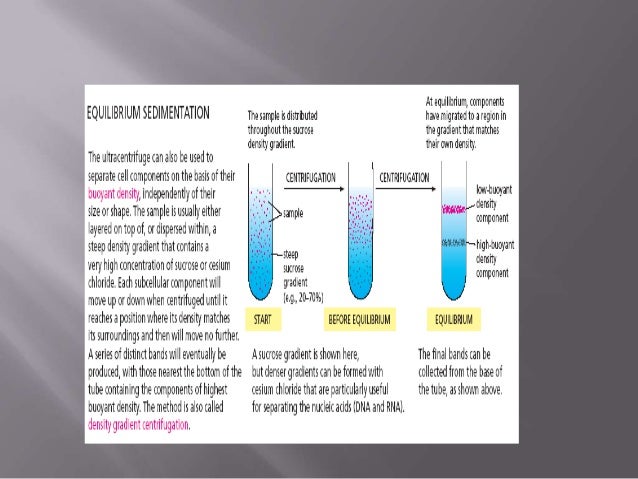
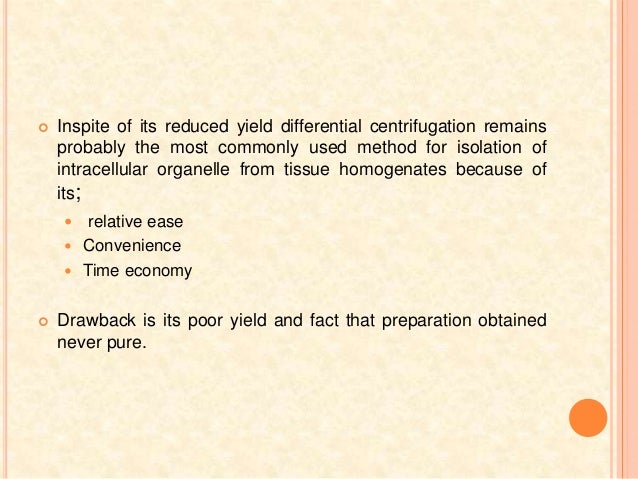
(PDF) Centrifugation techniques-an overview principles
Centrifugation Theory Sedimentation Rate Coefficient
Principles and applications of centrifugation ppt SlideShare

Differential Centrifugation an overview ScienceDirect
https://youtube.com/watch?v=7M5mTBq9nlk
what are the uses of centrifugation eNotes